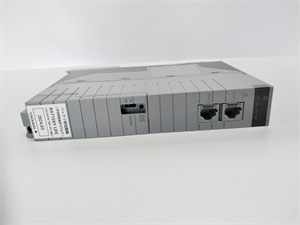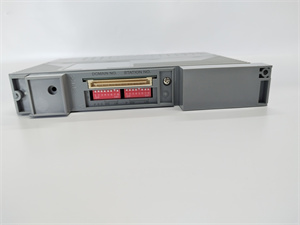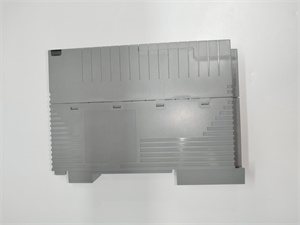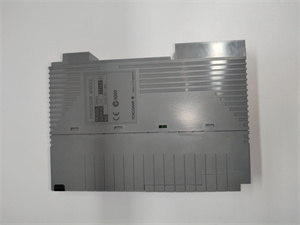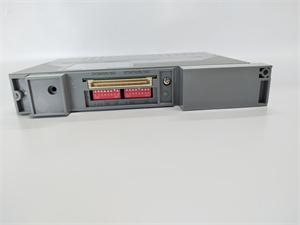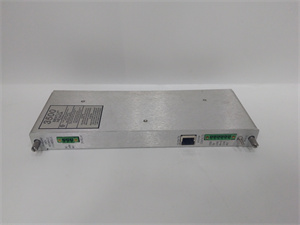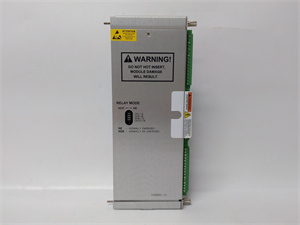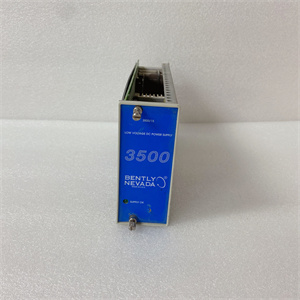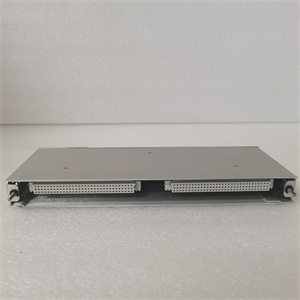Description
1. Product Description
The YOKOGAWA CP401-10 is a high-performance controller module designed for industrial automation systems, specifically the Centum VP distributed control system (DCS). As a core component, it manages real-time data processing, input/output (I/O) operations, and communication between field devices and the DCS network. With dual-core processing and support for 16 I/O modules per controller, the CP401-10 ensures seamless integration of analog/digital signals, alarm handling, and control logic execution. Its compact design, redundant configuration capability, and compatibility with Yokogawa’s extensive I/O lineup make it ideal for applications requiring high-speed control and reliability in industries like energy, manufacturing, and chemical processing.
2. Key Technical Parameters
| Parameter | Specification |
|---|---|
| Model | CP401-10 |
| System Compatibility | Centum VP (R6.03.00 and later) |
| Processor | Dual-core 64-bit RISC (400 MHz) |
| Memory | 2 GB (user program), 1 GB (data) |
| I/O Capacity | Up to 16 I/O modules (e.g., AI, AO, DI, DO) |
| Communication Interfaces | Ethernet (100BASE-TX), Serial (RS-232/422/485), PROFIBUS DP/V1 |
| Redundancy | 1:1 dual redundancy (hot standby) |
| Cycle Time | 1–100 ms (programmable) |
| Power Supply | 24 V DC (1.5 A max) |
| Operating Temperature | -10°C to +50°C |
| Weight | 1.2 kg |
| Certifications | CE, UL, CSA, IEC 61508 (SIL 2 compliant) |
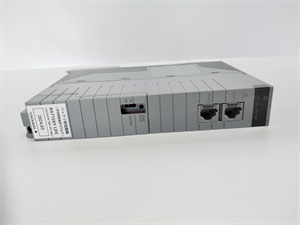
YOKOGAWA CP401-10
3. Advantages and Features
- High-Speed Processing: Dual-core architecture reduces cycle time by 30% compared to single-core controllers, enabling rapid response to dynamic processes.
- Redundancy Excellence: 1:1 hot standby redundancy ensures zero downtime during controller failures, with automatic switchover in <50 ms.
- Flexible I/O Integration: Supports mixed I/O configurations (analog/digital) and fieldbus protocols (PROFIBUS), minimizing cabling complexity.
- Advanced Diagnostics: Built-in self-diagnostic functions (e.g., watchdog timer, memory check) reduce maintenance costs by 25%.
- Scalability: Expandable to 8000 I/O points per system, suitable for small-scale machines to large industrial plants.
4. Application Areas and Use Cases
- Industries: Power generation (coal/gas turbines), oil & gas (refineries), water treatment, and food & beverage.
- Scenarios: Process control loops, machine automation, and safety-critical systems (SIL 2 compliant).
- Case Study: A European power plant deployed CP401-10 controllers in a 1:1 redundant configuration for turbine monitoring. The system achieved 99.99% uptime over 3 years, with faster alarm response (20 ms vs. industry standard 50 ms).
5. Competitor Comparison
Compared to similar DCS controllers:
- Faster Redundancy Switching: 50 ms (vs. 80–100 ms in alternatives).
- Higher I/O Density: 16 modules per controller (vs. 8–12 in most competitors).
- Native Fieldbus Support: Built-in PROFIBUS DP/V1 eliminates need for add-on cards.
- Energy Efficiency: 24 V DC operation (1.5 A) reduces power consumption by 15% compared to 48 V DC models.
YOKOGAWA CP401-10
6. Selection Recommendations
- System Size: Choose CP401-10 for medium-to-large systems (500–8000 I/O points); use smaller models (e.g., CP301) for <500 points.
- Redundancy Needs: Opt for 1:1 redundancy (CP401-10R) for critical processes; single configuration (CP401-10S) for non-critical applications.
- Environment: Ensure compliance with temperature (-10°C to +50°C) and humidity (5–95% non-condensing) requirements.
- Budget: Balance cost with features (e.g., PROFIBUS support is standard, avoiding add-on expenses).
7. Installation and Maintenance Notes
-
Wiring: Use shielded cables for signal lines; separate power/communication cables to prevent interference.
-
Redundancy Setup: Follow Yokogawa’s redundancy guidelines (e.g., identical firmware versions, dedicated communication links).
-
Firmware Updates: Regularly update firmware (via Centum VP Engineering Workstation) to access new features and security patches.
-
Cooling: Ensure adequate airflow (20–50 L/min) for controllers in racks; avoid dust accumulation.
-
Spare Parts: Stock compatible accessories (e.g., CX401 communication cables, power supply modules) for quick replacements.

